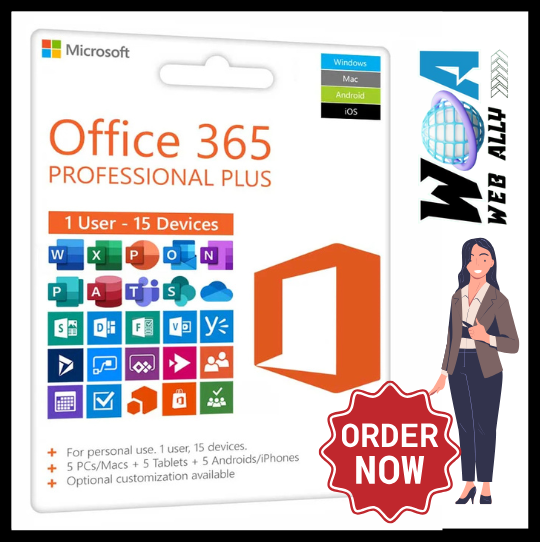Choosing the right niche is the cornerstone of a successful affiliate marketing journey. With countless niches to explore, it can be overwhelming to pinpoint one that is both profitable and sustainable. However, with systematic research and validation methods, you can identify a niche that not only suits your interests but also drives consistent revenue. Here are five proven methods to research and validate a profitable affiliate niche.
1. Identify Problems and Needs in Evergreen Markets
Why This Works: Evergreen markets are niches that consistently attract demand, regardless of trends or seasons. These markets typically include health, wealth, relationships, and personal development. By identifying persistent problems within these markets, you can position your affiliate products as solutions.
How to Do It:
- Research Forums and Q&A Sites: Platforms like Reddit, Quora, and niche-specific forums reveal common pain points and questions that people are actively seeking answers to.
- Social Media Groups: Facebook groups, LinkedIn communities, and Twitter hashtags can provide insight into pressing concerns in various industries.
- Keyword Research: Use keyword tools like Google Keyword Planner or Ahrefs to identify long-tail keywords related to problems (e.g., “how to lose weight fast” or “ways to improve sleep”).
Example: If people consistently ask about “reducing back pain,” this could lead you to the health niche and allow you to promote ergonomic chairs, posture-correcting devices, or fitness programs.
2. Analyze Trends with Google Trends and Trend-Tracking Tools
Why This Works: Trend analysis helps you determine whether a niche is growing, stagnant, or declining. By choosing a niche on an upward trajectory, you can capitalize on increasing demand.
How to Do It:
- Google Trends: Input niche-related keywords to visualize their search volume over time. Look for keywords showing consistent growth or steady interest over the past 5 years.
- Trend-Tracking Websites: Tools like Exploding Topics and Trend Hunter can help you identify up-and-coming trends before they reach mainstream popularity.
- Seasonality Check: Make sure the niche doesn’t experience sharp declines during certain seasons (unless you’re specifically targeting seasonal trends).
Example: The “home fitness equipment” niche saw a surge during the COVID-19 pandemic. By analyzing its trajectory on Google Trends, you could see if interest remains strong post-pandemic.
3. Evaluate Affiliate Program Potential
Why This Works: A profitable niche needs to have quality affiliate programs that offer competitive commissions and high-converting products. Without this, even a high-traffic niche might not yield significant profits.
How to Do It:
- Explore Affiliate Networks: Check popular networks like Amazon Associates, ClickBank, ShareASale, and CJ Affiliate to see what products are available in your chosen niche.
- Commission Rates: Look for programs offering commissions of at least 5%-10% or higher, depending on the product’s price point.
- Product Quality and Demand: Choose programs with products that have high customer ratings, positive reviews, and proven demand.
Example: If you’re considering the “personal finance” niche, explore affiliate programs offering courses, budgeting tools, or investment platforms. A high-converting program like Acorns might be a profitable option.
4. Assess Competitor Performance and Gaps
Why This Works: Analyzing competitors helps you gauge the profitability of a niche and identify areas where you can differentiate yourself. If successful marketers are thriving in the niche, it’s a strong indicator of potential.
How to Do It:
- Competitor Websites and Blogs: Visit top-ranking websites in your niche and see what kind of content they produce and what products they promote.
- SEO Analysis Tools: Use tools like Ahrefs, SEMrush, or Moz to analyze their traffic, backlinks, and top-performing content.
- Identify Gaps: Look for areas where competitors are lacking, such as specific sub-niches, content formats (e.g., video or podcasts), or underserved topics.
Example: If competitors in the “self-improvement” niche focus primarily on blog posts, you could differentiate by offering in-depth video guides or interactive content.
5. Validate with Audience Engagement and Feedback
Why This Works: Engaging with potential audiences before fully committing to a niche helps you gauge their interest and willingness to buy.
How to Do It:
- Create a Minimum Viable Product (MVP): Launch a simple blog, social media profile, or YouTube channel focusing on your niche to see if people engage with your content.
- Surveys and Polls: Use tools like SurveyMonkey or Google Forms to ask potential audiences about their interests, pain points, and preferred solutions.
- Email Marketing Tests: Run a small email campaign offering free content or lead magnets to see how many people subscribe or respond.
Example: If you create a few videos about “budget-friendly meal planning,” and they receive strong engagement, you’ve validated interest in the niche.
Final Thoughts
Choosing a profitable affiliate niche requires research, analysis, and validation. By identifying problems in evergreen markets, analyzing trends, evaluating affiliate programs, assessing competitors, and engaging with audiences, you can confidently select a niche that has real potential for growth and revenue. Remember, a well-chosen niche is not only about profitability but also about sustainability and personal interest. Invest time in research, and you’ll set a strong foundation for your affiliate marketing success.















